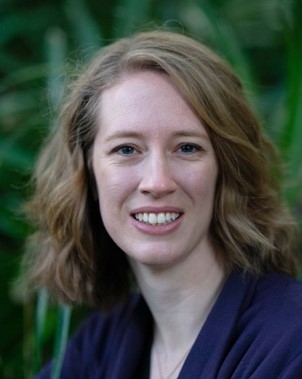Complexities in Fault Healing
Video not found
Please check back later. Videos are usually posted within 24 hours.
Tamara Jeppson
Earthquake Science Center, USGS

- Date & Time
- Location
- Online-only seminar via Microsoft Teams
- Host
- David Lockner
- Summary
Fault healing is a critical component of the earthquake cycle, induced seismicity, and enhanced geothermal systems. Accordingly, there is significant interest in understanding the process of healing, in terms of both recovery of strength and evolution of fluid transport properties. I present new results of SHS tests on bare surface Eureka quartzite and Westerly granite. In these tests, I vary temperature (23 - 200 °C), pore fluid flow, effective normal stress (20 - 200 MPa), and quasi-stationary hold duration (10 - 106 s). Restrengthening exhibits a complex dependence on temperature and the healing rate varies with time scale, rock composition, and pore fluid chemical equilibrium. In quartzites, restrengthening increases with log(hold duration) but growth is suppressed at 100 ˚C relative to measurements made at 22 and 200 ˚C. Greater complexity is observed in granite experiments which initially exhibit an increase in strength at a rate of ∼0.2 MPa per e-fold increase in hold time. However, at 100 and 200 °C, this strength recovery transitions into weakening for hold durations ≥ 5,000 s at a rate of -0.94 MPa per e-fold increase in hold time. This weakening behavior has not been observed in previous room-temperature tests or in our quartz hydrothermal tests, suggesting that it is tied to thermally activated processes that are active in more chemically complex, polymineralic systems. The mechanisms behind the observed healing behavior are not fully understood, but it is apparent that fault healing under hydrothermal conditions is the result of multiple interacting processes.
 Jump to Navigation
Jump to Navigation